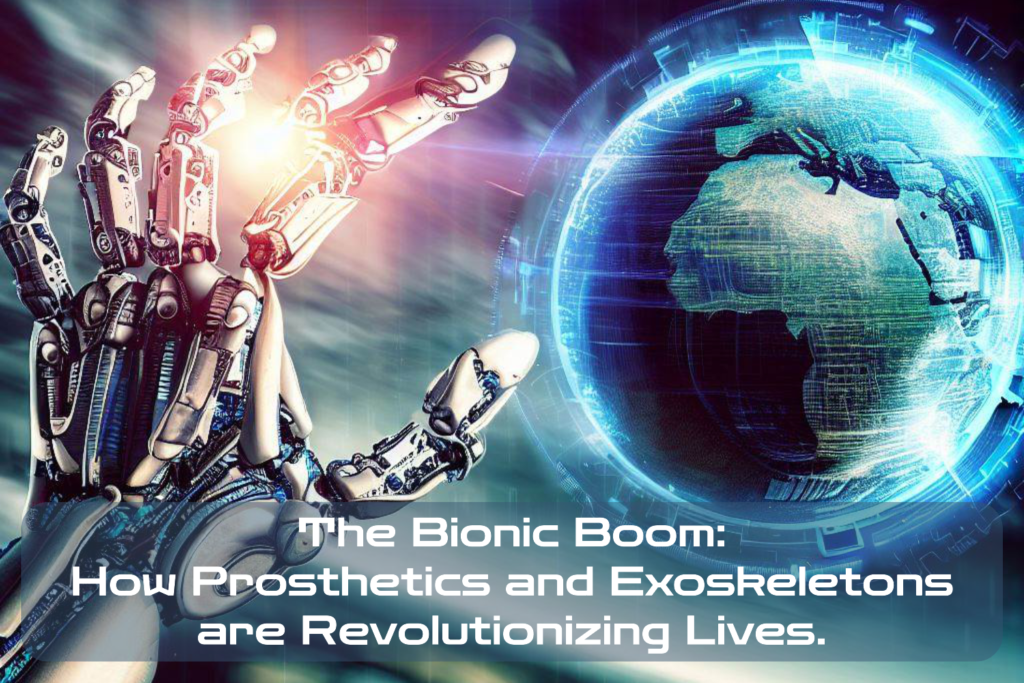The field of bionics is revolutionizing the way we approach physical disabilities and injuries. Bionics is defined as the application of biological principles to engineering technology, particularly in the development of artificial limbs and organs. The bionic revolution has given birth to prosthetics and exoskeletons that are changing lives around the world.
These devices are no longer a distant dream from science fiction movies but a reality that we can touch. This article will explore the history, evolution, current state, and future potential of bionics, with a specific focus on prosthetics and exoskeletons technology.
We will examine how these devices have impacted society in terms of economics, social dynamics, and psychological well-being. Further discussion will include innovations in bionics technology and ethical considerations surrounding it.
Definition of Bionics
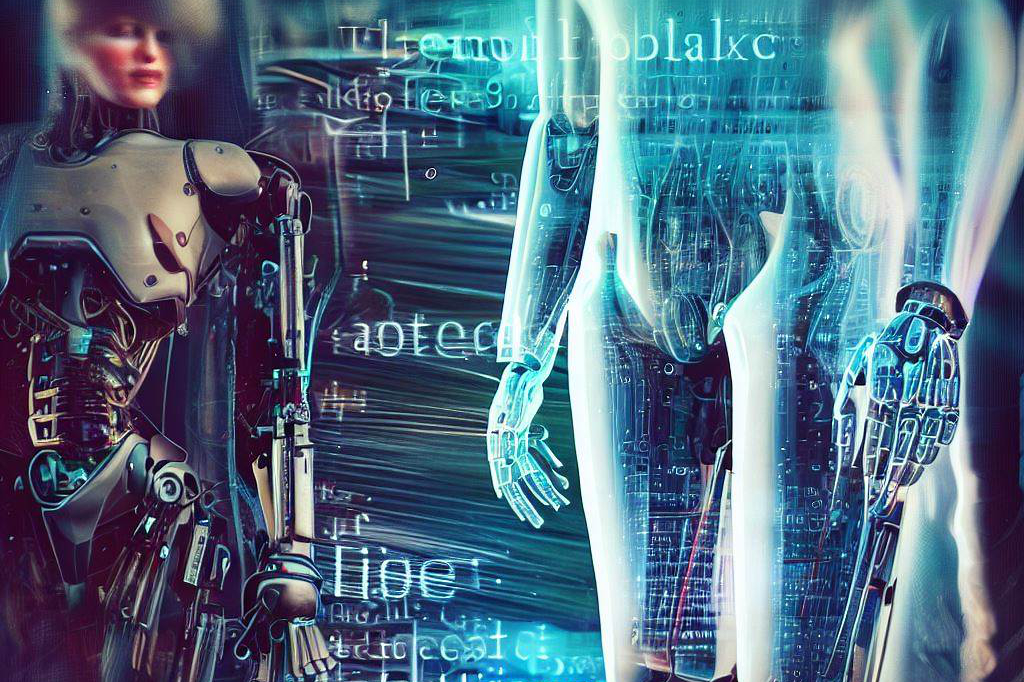
Bionics refers to an interdisciplinary field that integrates biology and engineering to create artificial systems that mimic natural ones. It involves the application of biological principles to develop technologies such as
- artificial limbs or prosthetics,
- heart pacemakers,
- artificial organs like hearts or kidneys for transplants,
among others.
By applying scientific knowledge from different fields such as physiology, mechanics, electronics, computer science, materials science, and mechanics – engineers create solutions by simulating or enhancing natural processes.
The goal is to make these solutions more efficient than their biological counterparts by providing additional benefits or compensating for lost functions due to injury or disease – hence creating what can be referred to as “super-abilities”.
Bionic technology aims at developing innovative solutions that help people regain their independence and improve their quality of life while adapting easily to their daily routines.
Overview of the Bionic Revolution
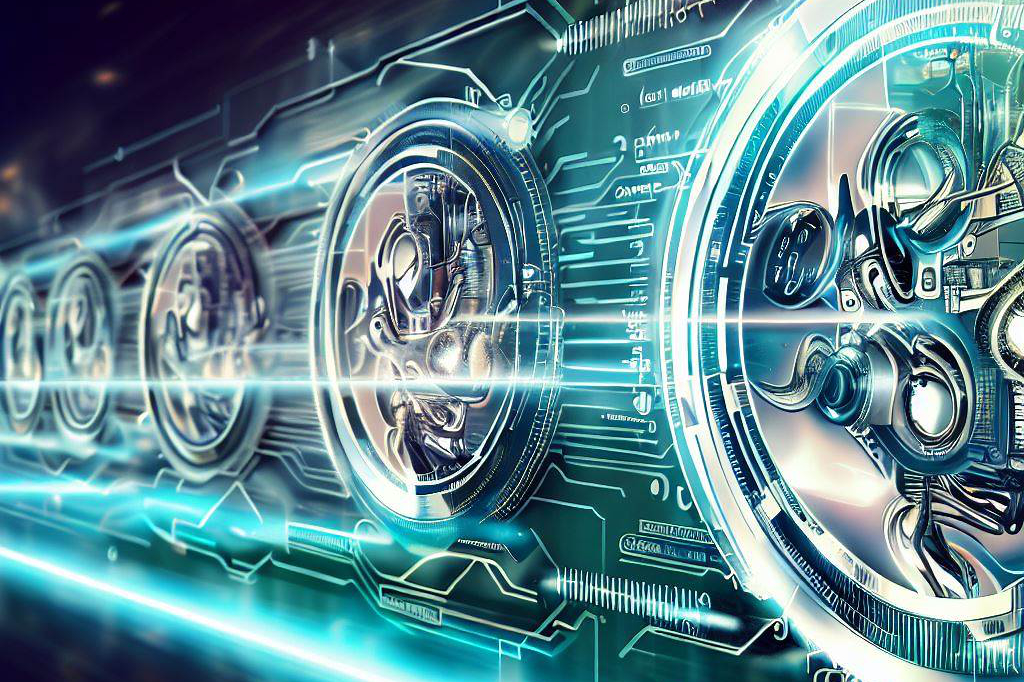
The term ‘Bionic Revolution’ refers to technological advancements that allow us to simulate human functions using electronic or mechanical means.
This includes robotic arms that can move like real ones, exoskeletons that enable paralyzed individuals to walk again, and artificial organs that can replace damaged ones.
The bionic revolution has brought hope and a new sense of possibility to millions of people living with disabilities or injuries.
Prosthetics and exoskeletons are among the most innovative bionic technologies, making it possible for people with amputations or paralysis to regain movement and independence.
With advancements in materials and technology, prosthetics have become more sophisticated than ever before.
They can mimic natural movements with advanced sensors that detect muscle signals from the body.
Exoskeletons are also helping people walk again by providing external support, and motor control, making it possible for them to stand up straight or even run.
Importance of Prosthetics and Exoskeletons
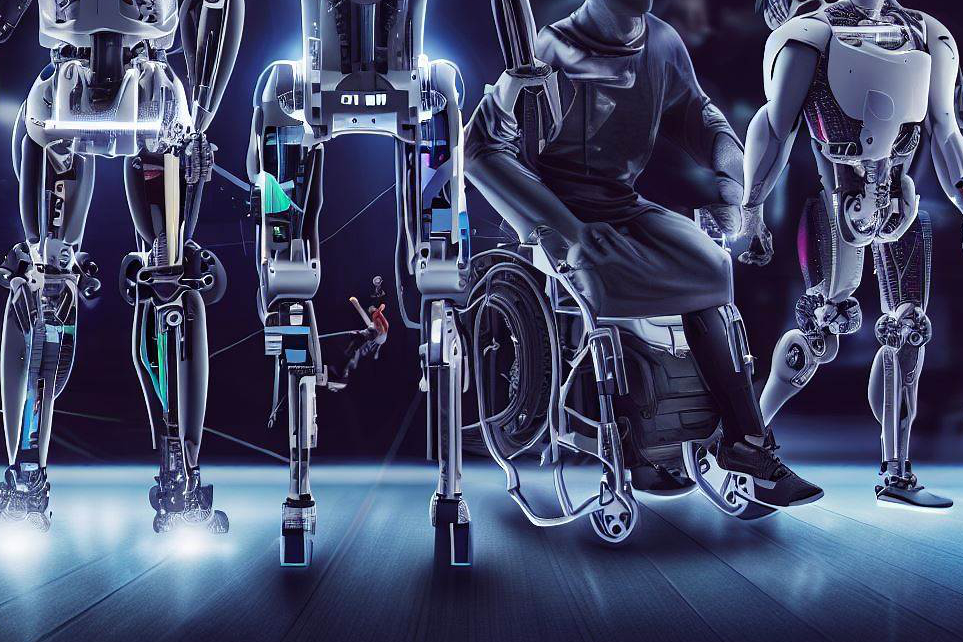
The importance of prosthetics and exoskeletons cannot be overstated. These devices provide an alternative solution for those who have lost limbs or mobility due to injury or disease.
They restore independence, self-esteem and confidence by enabling individuals to carry out daily activities they had previously given up on due to their physical limitations.
Prosthetic limbs help amputees perform tasks such as walking, running, jumping, and other activities that most able-bodied individuals take for granted.
Exoskeleton technology is an entirely different innovation since many paralyzed people were not able to move or do anything independently until now.
Exoskeletons provide paralyzed individuals with a chance at regaining movement after losing it through spinal cord injuries during accidents—this technology gives them the ability to stand upright by supporting their weight while allowing them better flexibility than ever before.
Prosthetic limbs and exoskeletons are changing lives around the world by providing alternative solutions for those who have lost mobility due to injury or disease. The bionic revolution is here – enabling us to simulate human functions using electronic or mechanical means – offering hope where there was none before.
The Evolution of Prosthetics
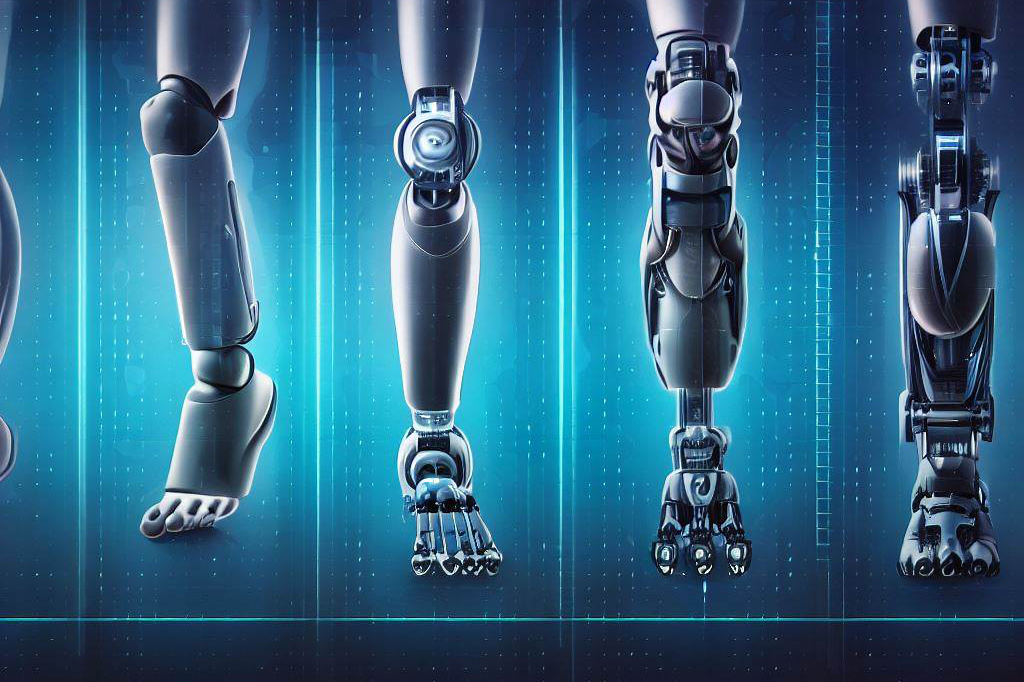
Historical Background of Prosthetics
The history of prosthetics dates back to ancient Egypt, where wooden and leather prosthetic toes were discovered on the mummy of an Egyptian noblewoman.
During the Middle Ages, iron hands and legs were used in Europe.
The first recorded use of a prosthetic limb in combat was during the Battle of Agincourt in 1415, when a knight had his arm amputated and replaced with an iron hand.
However, it wasn’t until the 19th century that significant advancements were made in prosthetic technology.
Advancements in Prosthetic Technology
One major breakthrough was the development of lightweight materials such as aluminium and plastics, allowing for more natural movement and comfort for amputees.
Another important advancement was the introduction of myoelectric prostheses, which use sensors placed on muscles to detect electrical signals that can be translated into movements by the prosthesis. These advancements led to more advanced and lifelike prostheses that give amputees greater functionality than ever before.
Types of Prosthetics Available Today
Today, there are various types of prosthetics available, depending on the level and type of amputation.
Below-knee or above-knee prostheses are commonly used to replace lost legs, while below-elbow or above-elbow prostheses are used for lost arms.
Myoelectric limbs use sensors attached to muscles to allow users to control their limbs naturally with electronic motors inside the prosthesis mimicking natural movements, aided by microprocessors that fine-tune those movements.
Other types include exoskeletal or endoskeletal designs that support a user’s remaining limb structure as they move around with help from springs or hydraulics built into them.
Bionic technology has opened up new possibilities for prosthetists and amputees alike, with advanced devices that can be controlled by the neural signals of the user and provide a sense of touch.
Overall, the evolution of prosthetic technology has seen incredible improvements in both function and appearance. With new advancements being made every year, prosthetics are now more natural-looking and functional than ever before.
Exoskeletons: From Sci-Fi to Reality
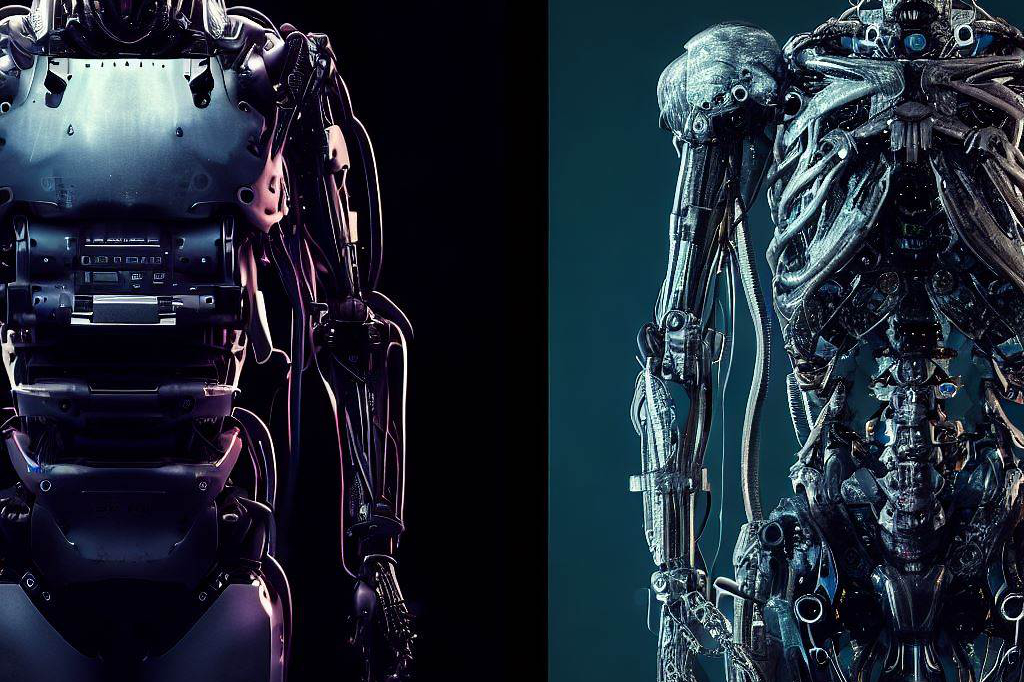
The Concept and History of Exoskeletons
Exoskeletons are wearable machines that enhance the physical abilities of their users.
They have been a staple of science fiction for decades, but in recent years, they have become a reality.
The concept of exoskeletons was first introduced in 1890 by a Russian scientist named Nicholas Yagn.
Yagn designed an exoskeleton that would enable humans to lift heavy objects without straining their muscles. In the decades that followed, exoskeleton technology developed slowly due to limitations in materials and computing power.
However, with advances in robotics and computing over the past two decades, exoskeleton technology has progressed rapidly. Today’s exoskeletons are powered machines that can improve users endurance, strength, and mobility.
Current Applications and Industries Using Exoskeleton Technology
Exoskeleton technology has many current applications in various industries.
In healthcare, exosuits are used for rehabilitation purposes during physical therapy sessions to help patients regain strength after surgery or injury.
In manufacturing plants, workers use exosuits to help them lift heavy objects and reduce strain on their bodies.
The military also uses exo-suits for soldiers who carry heavy loads while on duty.
These suits provide enhanced mobility and allow soldiers to cover greater distances while carrying more weight than they could otherwise manage.
Another industry where we see the use of exo-suits is construction, where construction workers wear them to perform tasks like drilling or digging as well as painting buildings at heights.
Future Potential for Exoskeletons
The future potential for exo-suits is vast and exciting because they can be used anywhere humans need augmentation with strength or stability beyond what our biological bodies can offer.
One example could be using an exo-suit to prevent injuries in athletes. The suit would limit the amount of impact on joints, which could help reduce the number of injuries.
Another example is in space exploration, where astronauts require exoskeletons to help them retain bone density and muscle mass while spending extended periods in zero-gravity environments.
Future exoskeletons may also be used to help individuals with disabilities move more easily and independently.
Overall, the future of exo-suits looks promising and may revolutionize the way we work, live, and play. As technology continues to advance, we can expect that these machines will become even more advanced and integrated into our daily lives.
Impact on Society
The bionic revolution has brought about significant changes in the lives of people with disabilities. Prosthetics and exoskeletons have helped individuals regain their mobility and independence, allowing them to participate more fully in society. The impact of these innovations extends beyond just the individual user and affects the economic, social, and psychological aspects of society.
How prosthetics and exoskeletons are changing lives
Prosthetic limbs allow users to perform daily activities that were previously not possible due to their disability. With advances in technology, prosthetics can now provide greater movement control and sensory feedback likened to those of natural limbs.
Exoskeletons have also enabled individuals with paralysis or weakness in their lower extremities to stand upright, walk again, or even climb stairs. These technological advancements have significantly improved the quality of life for people with disabilities by giving them greater independence and improving their mental well-being.
Economic, social, and psychological benefits
The economic benefits are far-reaching as well.
The use of prosthetics and exoskeletons allows individuals with disabilities to return to work or maintain employment, which contributes positively to the economy.
Socially, these technologies reduce discrimination against people with disabilities by helping them integrate more easily into society.
Psychological benefits include increased self-esteem from being able to perform tasks independently, which also enhances mental health.
However, there are challenges that come along with these innovations.
One major challenge is cost as they can be expensive – an exoskeleton may cost upwards of $80k while a high-tech prosthetic limb can cost $20k-$50k each – making it a financial burden for many people who require them but cannot afford them due to insurance limitations or otherwise.
Additionally, not every individual may benefit from using these technologies due to certain physical conditions, such as excessive weight or skin ailments caused by prolonged use.
Nonetheless, with continued research and innovation in this field, it is hoped that prosthetics and exoskeletons will become more accessible and beneficial to an increasing number of people with disabilities in the future.
Innovations in Bionic Technology
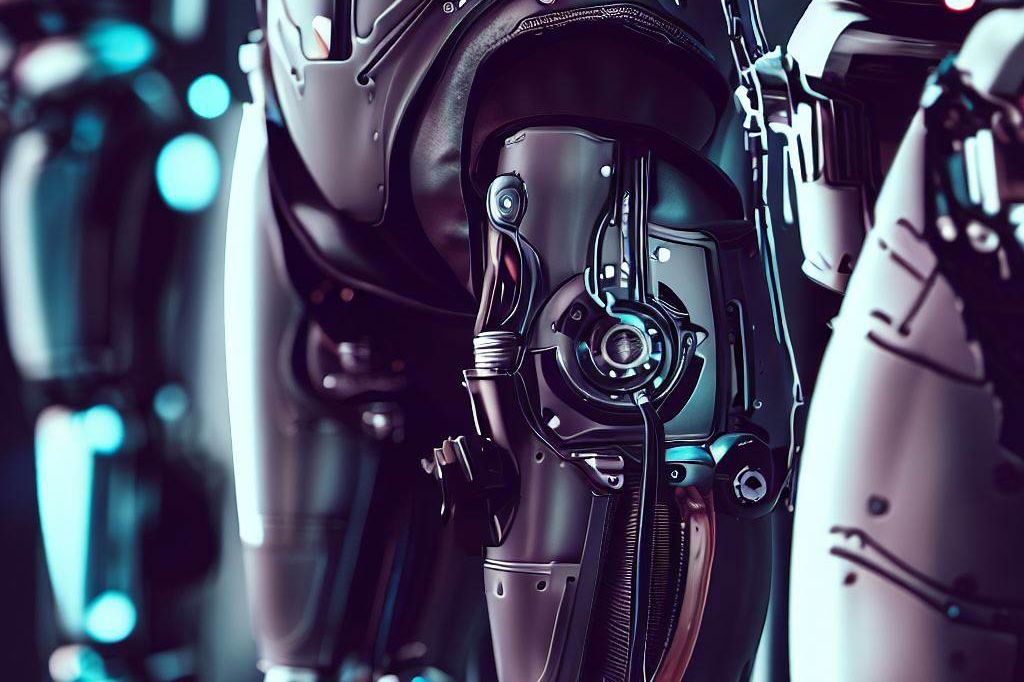
The Rise of Neural Interfaces
One of the most exciting and groundbreaking innovations in bionics technology is the development of neural interfaces. These devices connect directly to the brain, allowing individuals to control prosthetics or exoskeletons with their thoughts.
This technology is already being used to help people with paralysis regain some mobility, and researchers are working on expanding its capabilities to enable more complex movements.
Another area of innovation in bionics technology is the development of “smart” prosthetics and exoskeletons.
These devices use sensors and algorithms to learn how the wearer moves and adjust their actions accordingly, making them more intuitive and responsive. For example, a smart prosthetic leg might automatically adjust its angle when walking uphill or downhill, or a smart exoskeleton might sense when a worker is lifting heavy objects and provide extra support.
3D Printing for Customization
Advancements in 3D printing have also revolutionized bionics technology by making it possible to create customized prosthetics and exoskeletons quickly and affordably. With 3D scanning technology, designers can create digital models of an individual’s body parts that can be used to print a personalized device that fits perfectly. This not only improves comfort but also increases efficiency since users can avoid spending time adjusting their devices.
In addition, 3D printing allows for more intricate designs that were previously impossible with traditional manufacturing methods. Designers can incorporate complex shapes and textures into prosthetics or exoskeletons that improve functionality as well as aesthetics.
Technological Advancements That Will Shape The Future Of Bionics
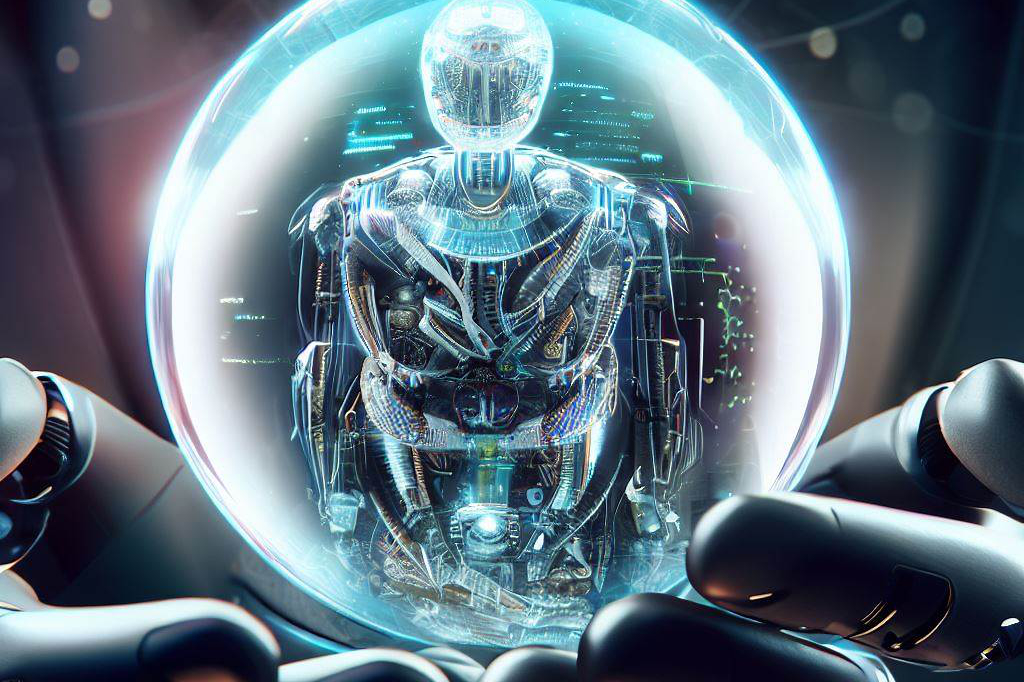
Artificial Intelligence Integration
The integration of artificial intelligence (AI) into bionic devices is another technological advancement that promises to shape the future of bionics. AI-powered bionics will be able to learn from their users’ movements and adapt accordingly, providing even more personalized and efficient support.
For example, an AI-powered exoskeleton could anticipate the user’s movements and provide assistance before the user even realizes they need it. Additionally, AI could enable bionics to communicate with each other or with other devices, creating a networked system that provides seamless assistance.
Nanotechnology For Improved Sensory Feedback
Nanotechnology is also poised to make a significant impact on the future of bionics technology by improving sensory feedback. Researchers are exploring ways to use nanoscale materials to create sensors that can detect very small changes in pressure or temperature.
This technology has the potential to greatly improve the sensory feedback provided by prosthetics and exoskeletons. Individuals using these devices could gain better awareness of their surroundings or experience more lifelike sensations when interacting with objects.
The Ethical Considerations Surrounding Bionics Technology
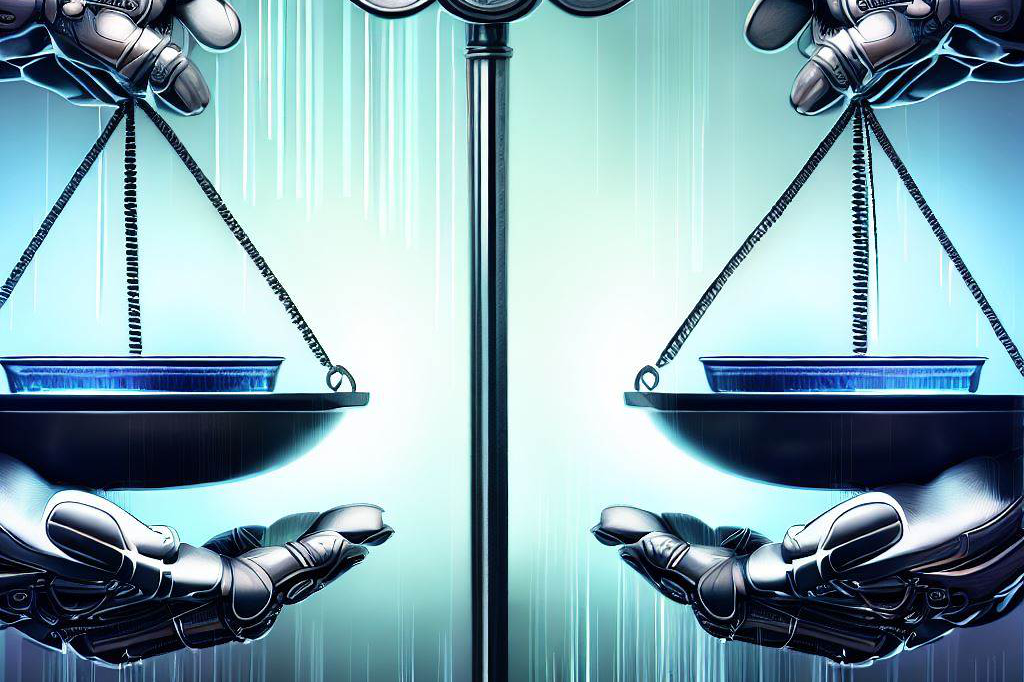
Accessibility And Affordability
As bionic technology continues to advance, there are concerns about accessibility and affordability. Many of these devices can be costly, making them out of reach for people who may benefit from them but cannot afford them.
There are also concerns that insurance companies may not cover the cost of these devices, leaving individuals with disabilities or injuries without access to potentially life-changing technology. Advocates argue that bionic technology is a necessity rather than a luxury item and should be made accessible to all who need it.
Data Privacy And Security
Another ethical consideration surrounding bionic technology is data privacy and security. These devices collect sensitive information about their users’ bodies and movements, raising concerns about who has access to this data and how it might be used.
There are also concerns about hacking or cyberattacks on these devices, which could compromise their safety. As bionics technology becomes more ubiquitous, it will be important to ensure that appropriate safeguards are in place to protect user privacy and safety.
Final Thoughts
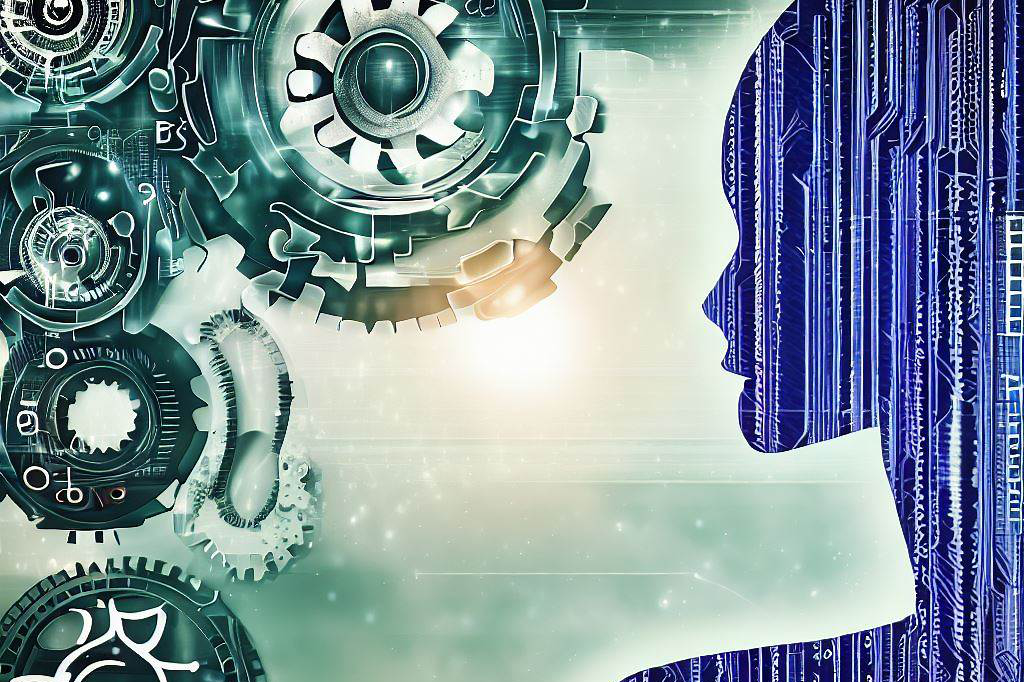
The Bionic Revolution is already making a significant impact on society, changing the lives of individuals with disabilities and injuries. The advancement in prosthetics and exoskeleton technology is providing hope to those who once thought they would never be able to regain their mobility or independence. As we look towards the future, it is clear that bionics will continue to progress, opening up new possibilities for individuals with conditions that were once considered untreatable.
Prosthetic technology has come a long way since the first wooden leg was invented.
Today’s advanced prosthetic limbs are capable of providing an almost natural range of motion and sensory feedback that can make users feel more connected to their body.
Exoskeletons offer unique advantages over traditional prosthetics by enabling people who otherwise cannot walk, stand, or balance to regain mobility.
Exoskeletons are being used in industries such as manufacturing and logistics where humans can collaborate with machines without experiencing fatigue. There are several challenges related to bionic technology, including social issues around disabilities and accessibility.
Additionally, cost remains a significant barrier for many individuals who require prosthetics or exoskeletons. While research continues into finding ways to make bionics more affordable and accessible, these limitations must not be ignored.
The future looks bright for bionics technologies, with researchers making remarkable progress in developing smarter robotic devices that respond accurately to real-time human movements and become increasingly adaptable through machine learning algorithms. Furthermore, there is ongoing research into brain-machine interfaces, which could allow people with spinal cord injuries or other neurological conditions to control devices through neural signals alone.
As innovations continue to be made in bionics technology, it presents an opportunity for industries like healthcare and manufacturing to leverage these technologies’ potential benefits while enabling greater efficiencies within their operations. Furthermore, bionics promises to significantly improve the lives of individuals with disabilities and injuries, opening up new possibilities for them to lead fulfilling and independent lives.
As we continue pushing the boundaries of bionics technology, it is essential that we strive to make these advancements as accessible as possible.
Cost and accessibility barriers must not be ignored if we want these life-changing technologies to be widely adopted. The impact of bionics technology will extend far beyond just providing solutions for disabilities; it will fundamentally change how we interact with machines.
The future of bionics promises exciting possibilities, including a world where humans can work alongside robots safely and efficiently. Ultimately, the Bionic Revolution could pave the way for a future where humans and machines merge together in unprecedented ways, unlocking previously unimaginable capabilities.

C M, a seasoned editor, journalist, and consultant, is deeply fascinated by the convergence of technology, space, and the future of humanity.
With a particular interest in transhumanism, futurology, and the philosophical and ethical dimensions of these domains, C M serves as the lead contributor to TranscendSphere and SpaceSpotlight.
When not penning insightful articles on these rapidly evolving fields, C M indulges in their love for podcasts and books, proudly embracing their status as a ‘Happy Nerd Extraordinaire!’

